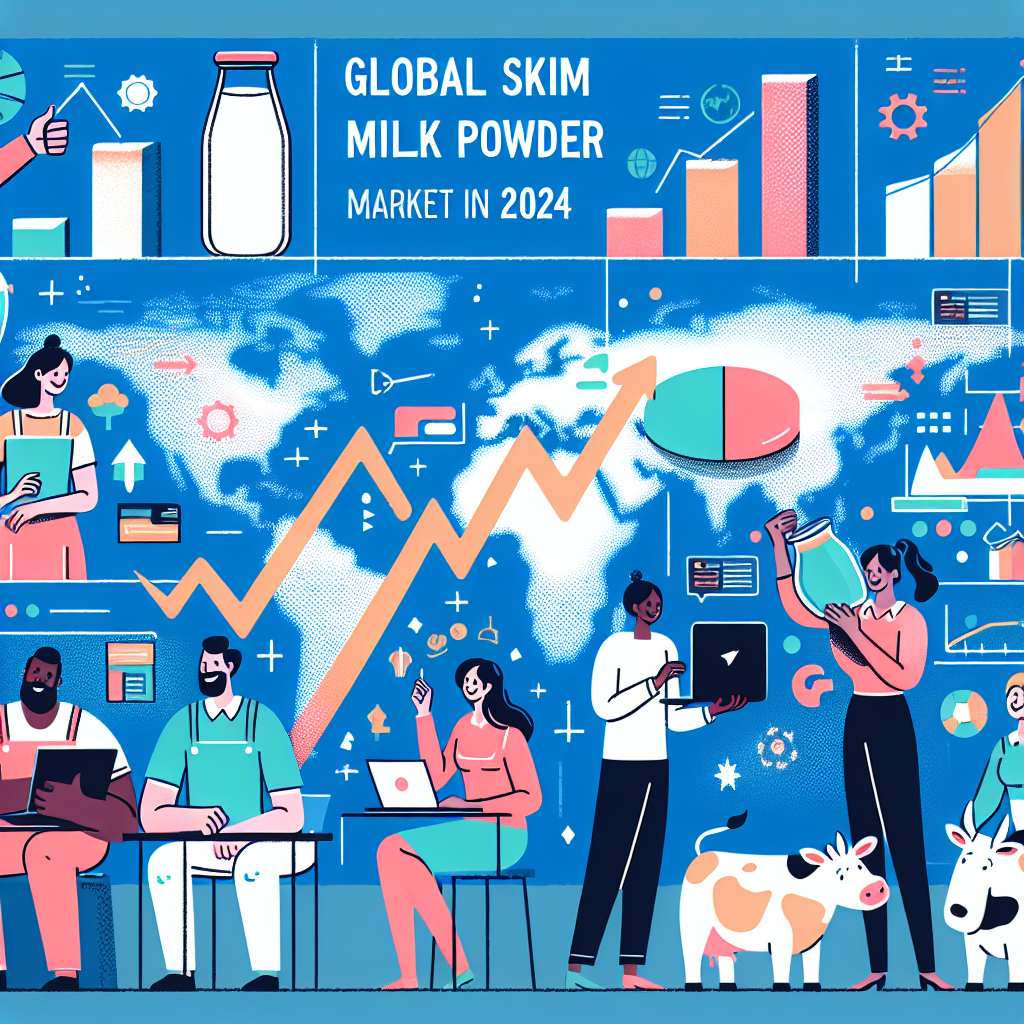Find out how U.S. recession fears are shaking up global markets and what this means for your dairy farm. Ready for the changes? Keep reading!
Summary: Feeling the sting of the market madness? Fear of a U.S. recession has rocked global markets, hitting our dairy markets hard. The S&P 500 plummeted 2.6%, and CME blocks and barrels also saw price drops. But there’s some good news—grain futures like corn and soybeans held strong. Cheese production is down, while butter production is up compared to last year. Is your farm ready for these shifts? Don’t fret; we’re here to guide you through these uncertain times. Staying informed and agile is key. Plus, diversifying your income could open new doors.
- U.S. recession fears have significantly impacted global markets and the dairy sector.
- The S&P 500 experienced a notable drop of 2.6%, reflecting broader economic concerns.
- CME blocks and barrels saw price decreases, affecting dairy farmers directly.
- Grain futures like corn and soybeans remained strong, providing some financial relief.
- Cheese production is down year-over-year, while butter production has increased.
- Diversifying farm income can offer stability during market fluctuations.
- Staying well-informed and adaptable is crucial in navigating uncertain economic times.

Have you ever felt like the world is spinning out of control, and you’re simply fighting to stay balanced? That’s very much what has happened in the financial markets lately. Fears of a U.S. recession have sent global markets into a tailspin. But what exactly does this imply for you and your dairy farm? Let us break it down together.
First, you may ask, ‘Why should I care about the stock market?’ That is an excellent question. Understanding and being aware of the stock market’s impact on your dairy farm are crucial. When the stock market falls, it may affect everything from milk prices to feed costs. So, stay with me, and we’ll go through these rough seas together.
“The S&P 500 fell 2.6% daily, hitting its lowest since 2022. The U.S. Dollar Index also plummeted, reaching eight-month lows, as crude oil prices tumbled. [Source: Marketnews.com]
| Market Indicator | Current Value | Change |
|---|---|---|
| S&P 500 | -2.6% | Lowest since 2022 |
| U.S. Dollar Index | 8-month low | |
| Crude Oil | Plunged | |
| CME Block Cheese | $1.84 per pound | -$0.01 |
| CME Barrel Cheese | $1.91 per pound | -$0.02 |
| Class III Milk Futures (September) | $19.72 per hundredweight | -0.73 |
| Nearby Corn | $3.9075 per bushel | +0.0425 |
| August Soybeans | $10.4425 per bushel | +0.15 |
The Numbers Don’t Lie: Market Meltdown Explained
So, what’s the scoop? People fear a recession in the United States due to higher unemployment and slower hiring. This worry caused all major US market indexes to fall to their lowest levels since 2022. The S&P 500, for example, fell 2.6% in a single day [source: MarketWatch]. The U.S. Dollar Index fell to an eight-month low as crude oil prices plummeted amid Middle Eastern concerns. You may wonder, “Okay, but how does this affect my dairy farm?” Great question. When markets are uncertain, dairy prices might fall while feed and equipment expenses rise. The ripple effect may significantly impact your bottom line. Understanding these market conditions can help you anticipate and prepare for potential changes in your business.
Your dairy markets were not spared either. CME blocks dropped to $1.8400 per pound, down a penny, while barrels fell to $1.9100 per pound, losing two cents. Class III milk futures also fell, with September futures shedding 73 cents to $19.72 per hundredweight. Despite the dread and gloom, grain futures remained firm. Nearby corn jumped to $3.9075 per bushel, up $0.0425, and August soybeans rose to $10.4425, up 15 cents. This shows that during moments of market panic, various industries respond differently. Understanding these dynamics can help you make more informed decisions about your business.
Total cheese output in June fell to 1.161 billion pounds, a 1.4% decline from the previous year. On the other hand, butter output was 169.2 million pounds, a 2.8% increase over last year but a 17.3% decrease from a month earlier. So, what exactly does this imply for your dairy farm? It’s a time for adaptation and informed decision-making. Now is an excellent time to review your selling plans and watch grain prices. Markets are unpredictable, but your ability to remain educated and make strategic decisions may help you overcome the ups and downs.
Is Your Farm Ready for the Ripple Effect of a Global Market Meltdown?
Have you ever considered how global markets affect your day-to-day operations? Fears of a U.S. recession are causing rippling effects throughout the financial world, even on farms. Brace yourself. So, how does this affect you and your bottom line? Let us break it down.
First, let’s discuss gasoline pricing. As crude oil prices fall amid economic instability, you may soon see some respite at the gas pump. That seems fantastic, right? But don’t open the champagne just yet. Lower gasoline prices may signal more economic downturns, raising operating expenses in other sectors.
How about feeding costs? We aren’t just talking about a few additional cents here and there; feed pricing fluctuations may significantly influence your profits. Although the recent increase in soybean and maize prices may seem a good indication, remember that these mainstays can raise your input expenses.
Here are a few key elements you should keep an eye on:
- Fuel Prices: A short-term drop may save you some money now, but fluctuating prices can wreak havoc on your long-term planning.
- Feed Costs: Rising prices can gnaw away at your profits. Planning and securing stable supply lines are crucial.
- Supplies: Everything from fertilizers to maintenance materials may see price hikes. Budget adjustments might be needed.
“Dairy markets are feeling the heat from fears of the global recession. Staying informed and agile in your business decisions will be key to navigating these turbulent times.”
What’s the bottom line? Monitoring how market fluctuations affect your input costs might provide you an advantage in surviving the storm. Anticipate, plan, and adapt appropriately!
Have you ever Thought About Mixing Things Up on Your Farm to Boost Your Income?
Have you ever considered changing things up on your farm to increase revenue? With the turbulent markets, now might be an excellent time to explore diversifying your income sources. Let’s talk about practical ideas to assist you in handling the economic storm.
Exploring value-added goods is an excellent place to start. Sure, you’re already producing milk, but how about going a step further? Have you thought of making cheese or yogurt? These products are frequently more expensive than raw milk and may help your dairy expand into new markets.
- Cheese Production: Start small, maybe with some artisanal varieties. High-quality, locally-made cheese is always in demand.
- Yogurt: It’s a versatile product that’s growing in popularity. You can target health-conscious consumers with organic or probiotic-rich options.
Another option to investigate is agritourism. It’s a fancy term, but it shouldn’t be complex. Consider arranging farm tours, petting zoos, or hosting farm-to-table meals—people like returning to nature and learning where their food originates.
Diversifying your revenue sources allows you to insulate yourself from market swings while bringing fresh life and excitement to your farm. Why not give it a shot?
The Bottom Line
So, what is the takeaway here? The worldwide market collapse generates turmoil, but not all doom and gloom. Monitor market trends and manufacturing reports. They can tell you what to anticipate.
And remember, you are not alone in this. Many dairy producers are in the same situation, navigating these difficult times. Stay knowledgeable and resilient, and continue doing what you do best: producing high-quality dairy products. Do you have any queries or require further information? Please do not hesitate to contact us. We’re all in it together.













